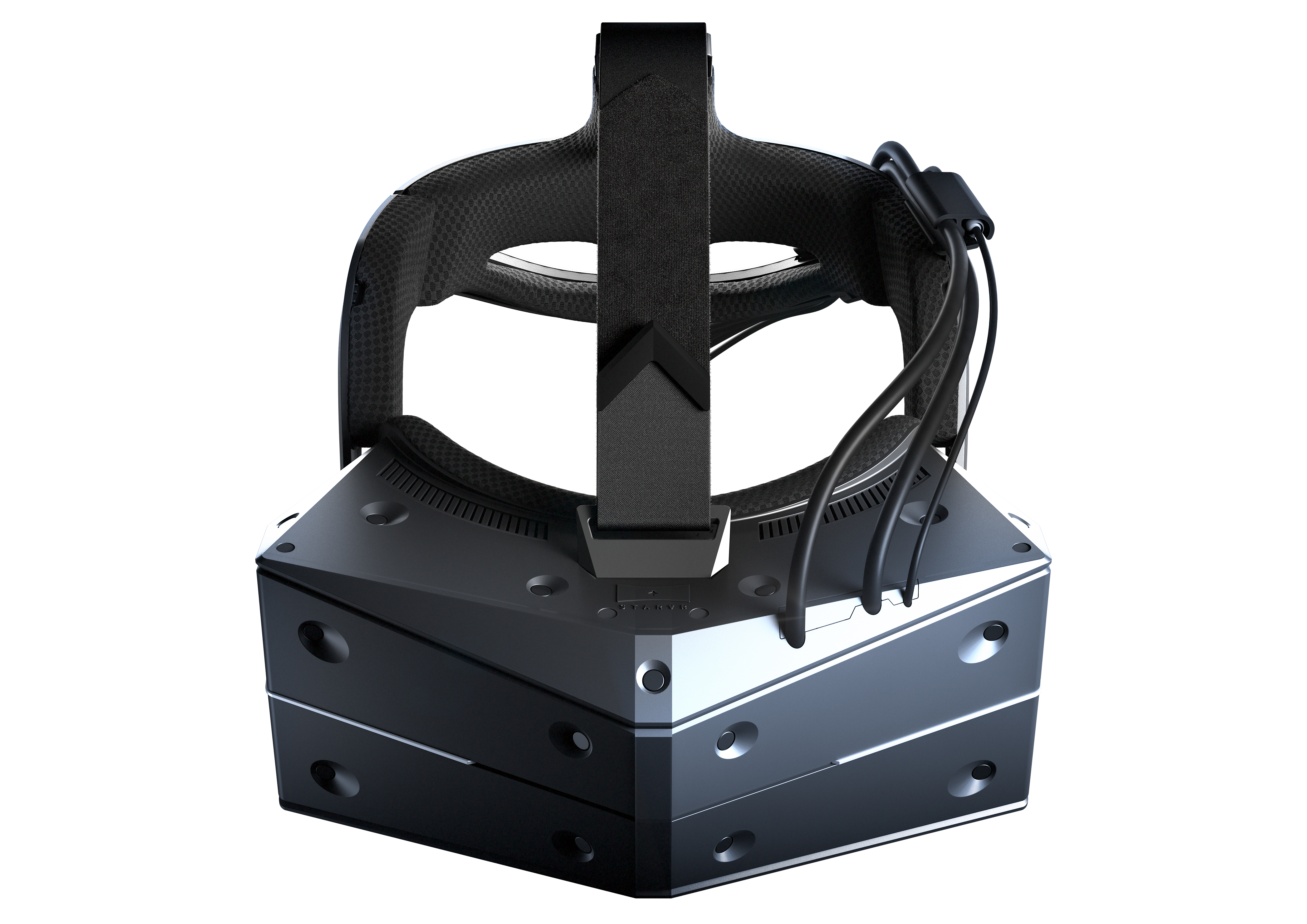INSUBCONTINENT EXCLUSIVE:
even with the debut of StarVR One
One and StarVR One XT today during the Siggraph conference in Vancouver, British Columbia in Canada, but has yet to disclose exactly when
the headset will be available nor how much it will cost businesses
rendering technology as well as a higher resolution and viewing angle than the next best headset, the HTC Vive Pro.Furthermore, the StarVR
users throughout multiple setups of base stations for experiences taking place in several separate rooms.What the StarVR One looks like from
For starters, the headset produces viewing angles wider than any other at 210 degrees horizontally and 130 degrees vertically, which StarVR
AMOLED displays each pumping 1,830 x 1,464 pixels worth of resolution for a total resolution of 1,830 x 2,928 pixels
These displays refresh images at the industry rate of 90Hz.The StarVR One XT shares all of these same components inside, but offers up a
completely integrated device tracking system, with the headset embedded with active optical markers
eye tracking technology that stands to transform how VR games and movies are made going forward
visuals rendering only upon where their eyes are currently focused.During this process, the realistic amount of peripheral image detail is
also rendered, thus (hypothetically) looking more natural to the user in either case
This foveated rendering could potentially either open up entry-level VR setups to higher-end games and experiences while drawing the
absolute most out of the highest end rigs.Speaking of which, the StarVR One will require, at minimum, an Intel Core i7-7700 or AMD Ryzen 7
2700X processor paired with nothing less than an Nvidia GeForce GTX 1080 graphics card and at least 16GB of memory

